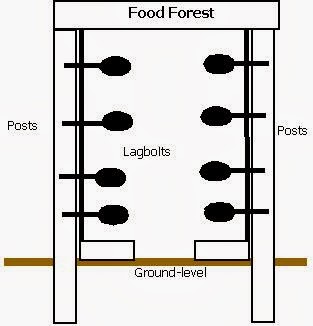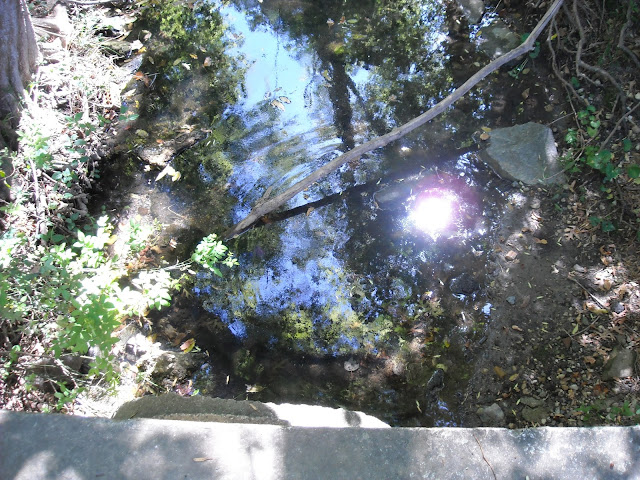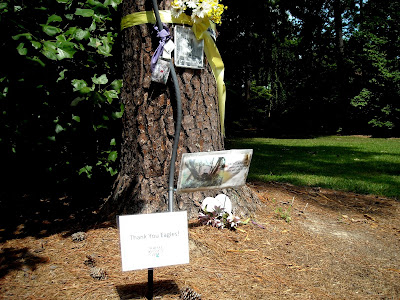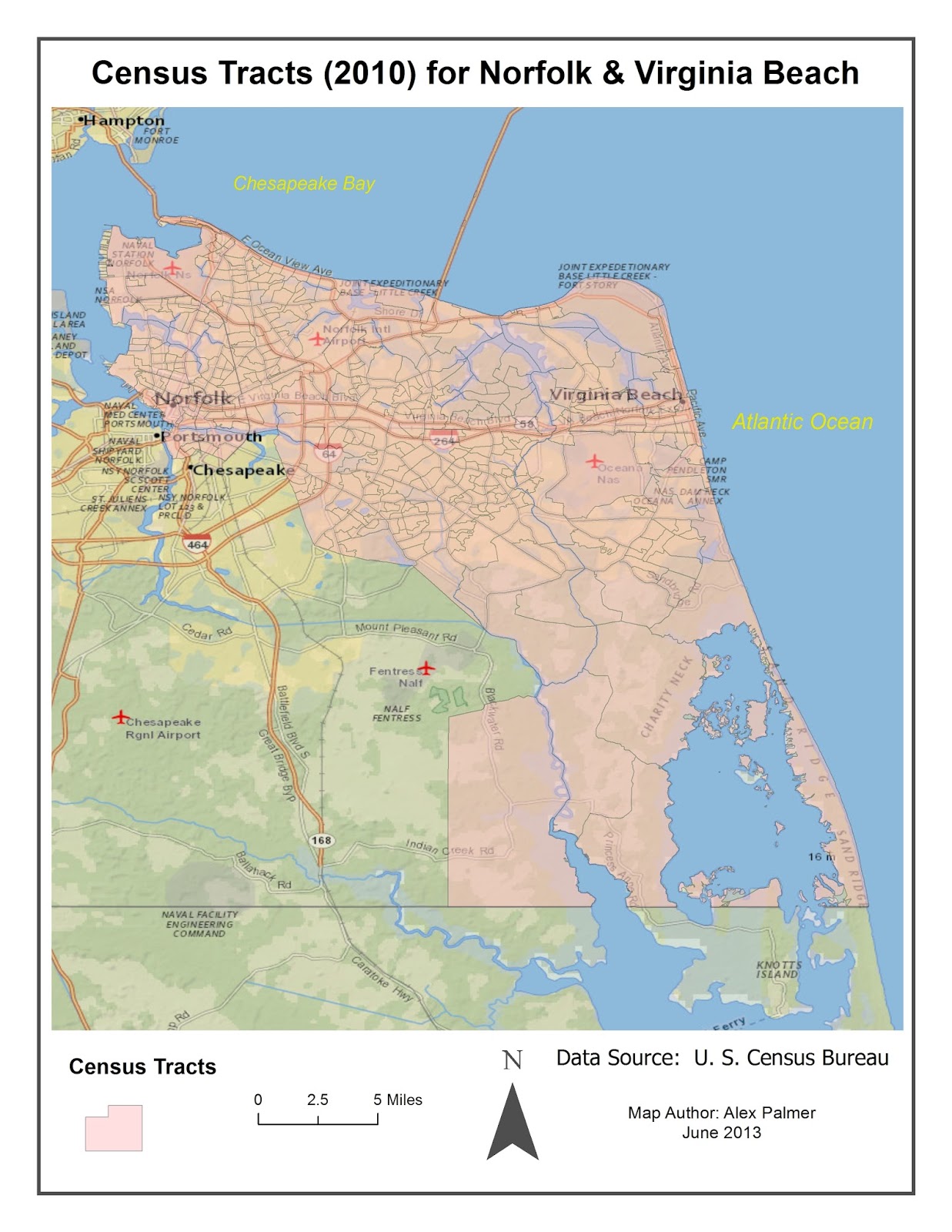Natural notes: A letter to my neighbor 25 minutes up the road
December 26, 2013 President Obama: I am writing to urge you to stand down any legislation that would move the Keystone Pipeline project forward. I know that we are in an economic bottleneck and that we need to create jobs and build back our economy sooner rather than later. The Keystone Pipeline does sound promising with all of its presumed “job creation.” But I hope you do NOT let this project go forward during your rein of power. This pipeline has enormous environmental consequences looming beneath it, and as you know environmental depletion and economic degradation are intimately linked. If we let this project move forward, we will further compromise America’s natural resources, including endangered natural capital such as brook trout and other sensitive wildlife, and the greenhouse gas emissions that result from this dirty energy production practice could vastly accelerate clim...





